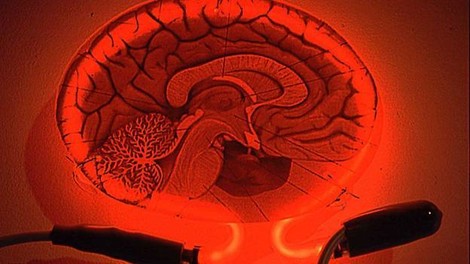Your podcast discovery platform
Curious minds select the most fascinating podcasts from around the world. Discover hand-piqd audio recommendations on your favorite topics.

piqer for: Climate and Environment Global finds
Born in the south of Mexico, she was raised in rebel Zapatista autonomous municipalities to later settle down in San Cristobal de las Casas where she cofounded ''La Casa de las Flores'', a non-profit dedicated to educate, feed and care for the marginalized children living on extreme poverty in the streets of her city. After graduating from Nursing school she enrolled in Biotechnology and Astrophysics.
The Most Promising Route To 'Mental Superpowers'
"Imagine if you could see what was happening inside your brain as you experienced emotions and sensations such as pain, anxiety, depression, fear, and pleasure — all in real-time. Suddenly, why you feel the way you feel might not be such a mystery, and the effectiveness of the little mental techniques you use to deal with daily life would be clearly visible.''
Pain, obesity, PTSD, depression, anxiety, cigarette addiction and ADHD are just some of the ailments that “real-time fMRI” (functional Magnetic Resonance Imaging) lowers and ceases by sending very specific visual feedback to the brain. It has been proven to teach us how to successfully and consciously control our emotions and sensations, changing our overall behavioural responses.
fMRI was first developed in San Francisco in the early 90s by neurologists John (Jack) Belliveau and Bruce Rosen. After two decades of experimentation, fMRI has evolved to the point that astonishing results can be seen just after 10-minute sessions. In those 10 minutes people teach their own brains to do things that they never thought possible.
The question here is: What if we could use real-time fMRI every day? What if we could train it on a daily basis with the same dedication as a professional violinist or a ballerina? What would 10,000 hours of fMRI practice teach us to do with our brains?
